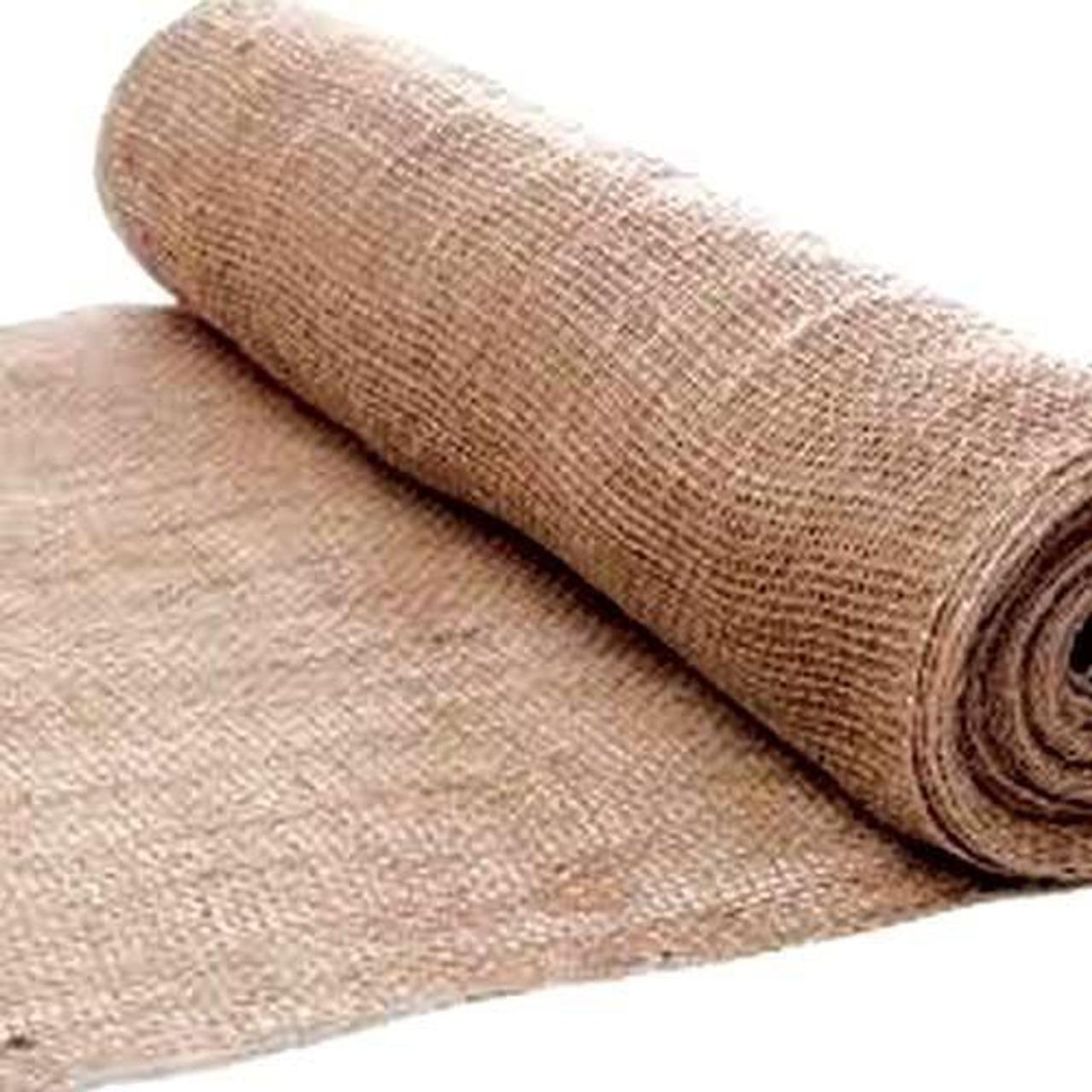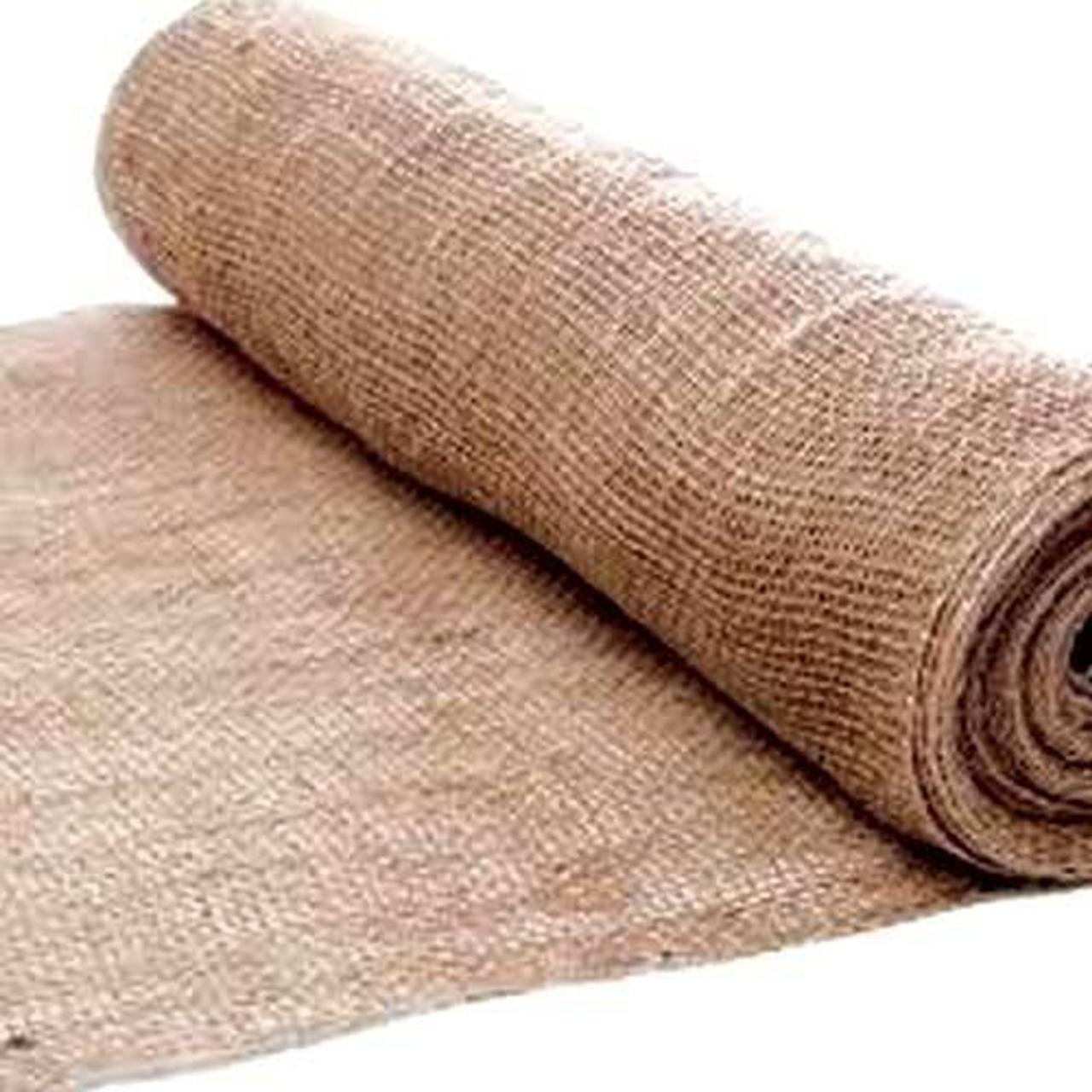Cloth for blankets, a symphony of fibers and weaves, invites us on a journey of comfort and warmth. From the soft embrace of natural materials to the durability of synthetics, blankets envelop us in a sanctuary of tranquility. Embarking on this narrative, we delve into the intricate world of fabrics, exploring their properties, construction, and captivating designs.
The tapestry of blankets unfolds before us, revealing the secrets of their material composition. Softness and warmth emerge as essential qualities, guided by the ideal fiber content. Durability and longevity stand as testaments to the enduring nature of different fabrics.
Natural fibers, such as cotton and wool, whisper tales of breathability and comfort, while synthetic materials, like polyester and fleece, boast resilience and ease of care.
Material Properties
Blankets provide warmth and comfort, making them essential for a cozy and restful night’s sleep. The material properties of a blanket significantly impact its softness, warmth, durability, and longevity.
Ideal Fiber Content
For blankets that are both soft and warm, a high fiber content is crucial. Natural fibers like wool, cotton, and silk offer exceptional softness and breathability. Wool, in particular, is known for its insulating properties, keeping you warm even in cold temperatures.
Synthetic fibers such as polyester and fleece are also soft and warm, but they may not be as breathable as natural fibers.
Durability and Longevity
The durability and longevity of a blanket depend on the type of fabric used. Natural fibers like cotton and wool are generally more durable than synthetic fibers, but they may require more care and maintenance. Synthetic fibers like polyester and fleece are less prone to fading, shrinking, and wrinkling, making them more suitable for frequent washing and use.
Natural and Synthetic Materials
Both natural and synthetic materials have their advantages and disadvantages when it comes to blankets. Natural materials like wool, cotton, and silk are soft, warm, and breathable, but they may be more expensive and require more care. Synthetic materials like polyester and fleece are durable, affordable, and easy to care for, but they may not be as soft or breathable as natural fibers.
Weaving Techniques
Blankets are woven using various techniques that influence their texture, warmth, and breathability. Understanding these weaving methods allows for informed choices based on desired blanket characteristics.
The primary weaving techniques used in blanket production include plain weave, twill weave, and satin weave.
Plain Weave
- Involves interlacing one warp yarn over and under one weft yarn, alternating each row.
- Creates a balanced, sturdy fabric with a smooth surface.
- Provides moderate warmth and breathability.
Twill Weave
- Similar to plain weave, but the warp yarns cross over and under multiple weft yarns, creating diagonal lines.
- Produces a more textured and durable fabric.
- Offers increased warmth due to the interlocking yarns.
Satin Weave
- Involves floating one warp yarn over several weft yarns, creating a smooth, lustrous surface.
- Results in a silky, luxurious feel.
- Provides less warmth and breathability compared to other weaves.
Blanket Construction
Blankets, whether for warmth or comfort, are constructed with various layers and components. Understanding these elements helps appreciate the blanket’s functionality and durability.The typical blanket consists of an outer fabric, an inner layer of batting or insulation, and sometimes a lining.
The outer fabric provides the blanket’s aesthetic appeal and durability, while the batting or insulation layer traps air to provide warmth. The lining, if present, adds extra softness and comfort.
Batting or Insulation
Batting or insulation is the heart of a blanket, responsible for providing warmth and insulation. Different materials are used for batting, including natural fibers like wool, cotton, or down, and synthetic materials like polyester or fleece.Natural fibers are breathable and provide excellent warmth, but they can be expensive and require special care.
Synthetic materials are less expensive, easy to care for, and often provide comparable warmth to natural fibers.The thickness and density of the batting determine the blanket’s warmth. A thicker batting will provide more warmth, while a less dense batting will be lighter and more breathable.
Construction Methods
Blankets are constructed using various methods, each with its advantages and disadvantages.| Construction Method | Description | Advantages | Disadvantages ||—|—|—|—|| Quilting | Layers of fabric and batting are stitched together in a decorative pattern | Durable, warm, and can be decorative | Time-consuming to make || Knitting | Yarn is knitted together to form a blanket | Soft, flexible, and can be made in a variety of patterns | Can be delicate and may stretch || Crocheting | Yarn is crocheted together to form a blanket | Similar to knitting, but with a different stitch pattern | Durable and can be made in a variety of patterns | Time-consuming to make || Weaving | Yarn is woven together to form a blanket | Durable, warm, and can be made in a variety of patterns | Can be expensive and time-consuming to make |The choice of construction method depends on factors such as the desired warmth, durability, and aesthetic appeal.
Design Considerations

The perfect blanket can provide comfort, warmth, and style to any space. When selecting a blanket, several factors should be considered to ensure it meets specific needs and preferences. These include the intended use, personal style, and the overall décor of the room.
Color, pattern, and texture play a crucial role in blanket design. Color can evoke emotions, create a mood, and complement or contrast with existing décor. Patterns can add visual interest and depth, while texture can provide a tactile experience and enhance the overall aesthetic appeal.
Unique and Innovative Blanket Designs
Designers are constantly pushing the boundaries of blanket design, creating unique and innovative pieces that cater to diverse tastes and styles. Some examples include:
- Weighted blankets:These blankets provide a gentle, calming effect, making them ideal for individuals with anxiety or sleep disorders.
- Cooling blankets:Designed to regulate body temperature, these blankets are perfect for warm sleepers or those living in hot climates.
- Glow-in-the-dark blankets:These whimsical blankets create a magical ambiance in any room, especially popular among children.
- 3D printed blankets:Advanced technology allows for the creation of blankets with intricate patterns and textures, offering a truly unique and personalized touch.
Care and Maintenance
Proper care and maintenance are essential to prolong the lifespan of your blankets and ensure they retain their comfort and appearance. Different blanket materials require specific care, so it’s crucial to understand the unique needs of each type.
Washing
Washing blankets regularly helps remove dirt, dust, and allergens. However, the frequency and method of washing depend on the material. Delicate materials like silk and wool require gentle hand washing or dry cleaning, while sturdier fabrics like cotton and flannel can withstand machine washing.
Always follow the care instructions on the blanket label to avoid damage.
Drying, Cloth for blankets
Proper drying is equally important to prevent shrinkage or damage. Air drying is the gentlest method, but it may take longer. If machine drying, use a low heat setting and remove the blanket promptly to prevent over-drying. Some materials, such as down, require special care when drying to maintain their insulating properties.
Storage
When not in use, store blankets in a cool, dry place away from direct sunlight. Protect them from dust and insects by using a breathable storage bag or container. Avoid folding or stacking blankets tightly, as this can damage the fibers.
Final Wrap-Up: Cloth For Blankets
In the realm of design, blankets transcend mere functionality, becoming canvases for artistic expression. Color, pattern, and texture dance together, creating masterpieces that complement any décor. Innovation pushes the boundaries, introducing blankets with unique features, from weighted designs to moisture-wicking fabrics.
The care and maintenance of blankets hold equal importance, ensuring their longevity and preserving their comforting embrace.
FAQ Insights
What is the best material for a warm and soft blanket?
Natural fibers like wool, cashmere, and down provide exceptional warmth and softness.
How can I choose the right blanket for my needs?
Consider factors like size, warmth level, fabric type, and design to find the perfect blanket.
How do I care for my blanket properly?
Follow the care instructions specific to the blanket’s material, including washing, drying, and storage guidelines.


